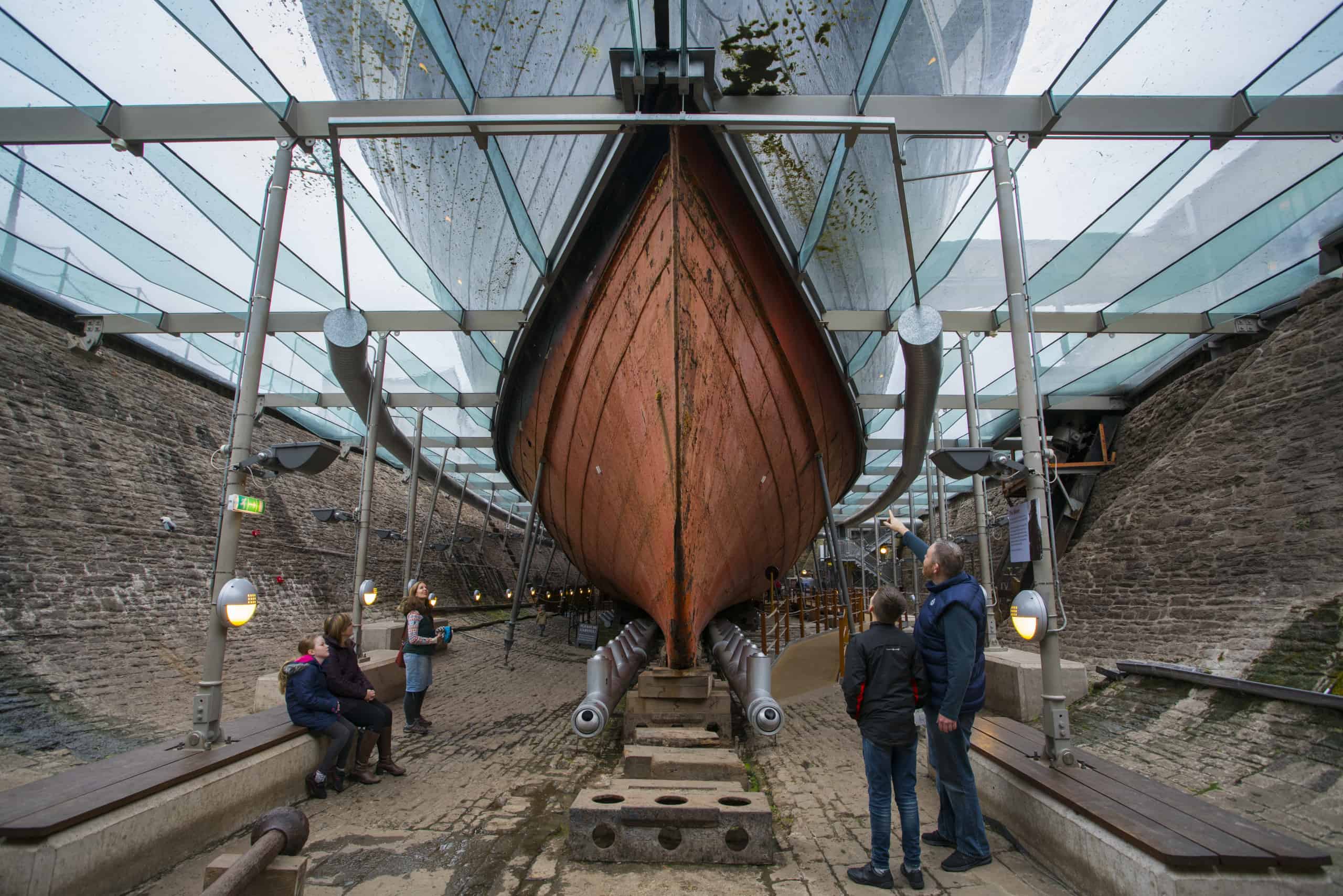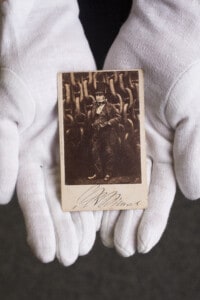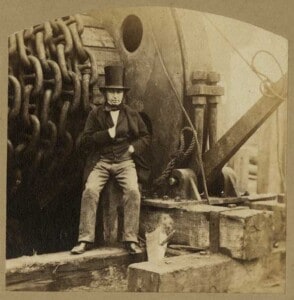The first ship that Brunel designed, the SS Great Western, was the first steamship purpose-built to cross the Atlantic. Brunel’s idea was that she would allow passengers to travel on his Great Western Railway from London to Bristol, before continuing their journey by sea on the Great Western to New York.
Work began on the Great Western in June 1836 in the shipyard of William Patterson & Son in Bristol. She was a wooden, paddle-wheel steamship, and was the largest passenger ship in the world between 1837 – 1839. Brunel attended the launch of the Great Western in Bristol on 19th July 1837. She then sailed to London to have her engines fitted before beginning her service of regular scheduled transatlantic voyages between Bristol and New York.
After the initial success of the SS Great Western, the Great Western Steamship Company decided to make plans for a sister ship to be made by the same team who had worked so successfully on the Great Western. The SS Great Britain would be the largest passenger ship in the world, and the first iron steamship to cross the Atlantic. Brunel built her of iron, and instead of using conventional paddle wheels to drive his new ship, he chose a new invention for the time – the screw propellor.
The ‘laying down’ of the iron keel of the Great Britain began on 19th July 1839. She was built by William Patterson in the Great Western Dockyard in Bristol, from where she was finally launched with great fanfare into the Floating Harbour on the 19th July 1843. It is very likely that Brunel consciously chose this date to link the two ships and make the day a grand celebration for the company. Prince Albert even travelled on the royal train to attend the launch of ‘the greatest experiment since the creation’.
At the end of a long working life, the Great Britain was salvaged from the Falkland Islands in 1970. The ship was floated on top of a pontoon and towed 8,000 miles across the Atlantic from the Falkland Islands to Avonmouth Docks. After she was taken off the pontoon, she was towed up the River Avon into Bristol on the 5th July 1970. She then had to wait in the Floating Harbour before she could enter the Great Western Dockyard on a spring tide. In a strange coincidence, the next high tide happened to fall on the 19th July, and as a consequence the Great Britain was finally manoeuvred back into the Great Western Dockyard exactly 127 years to the day after being launched from the same location!





